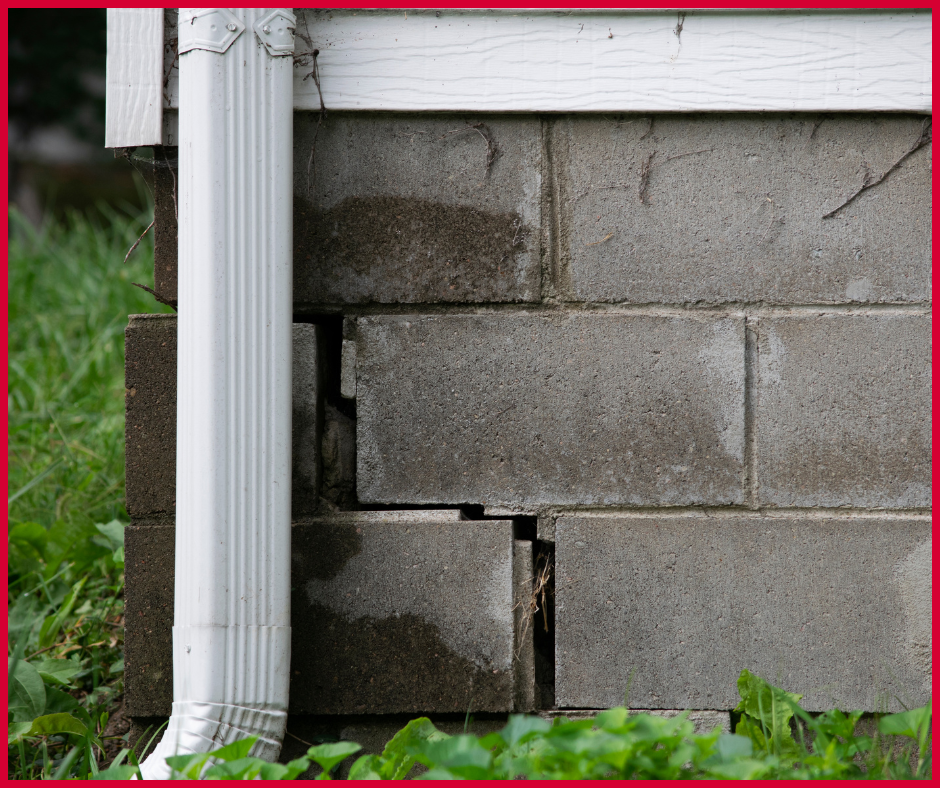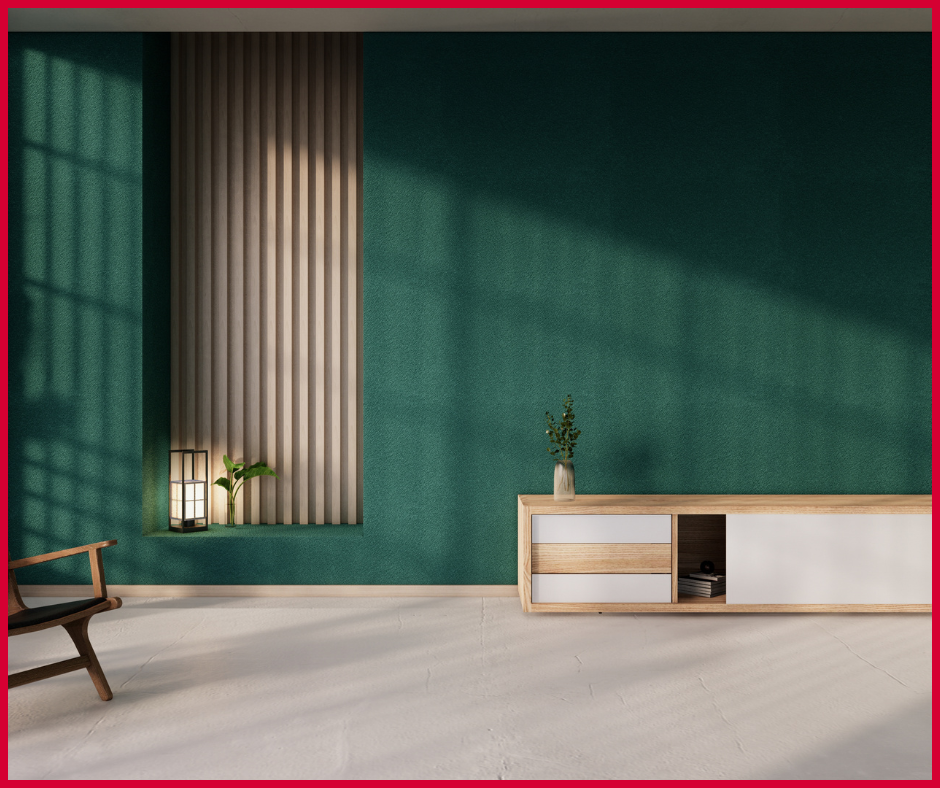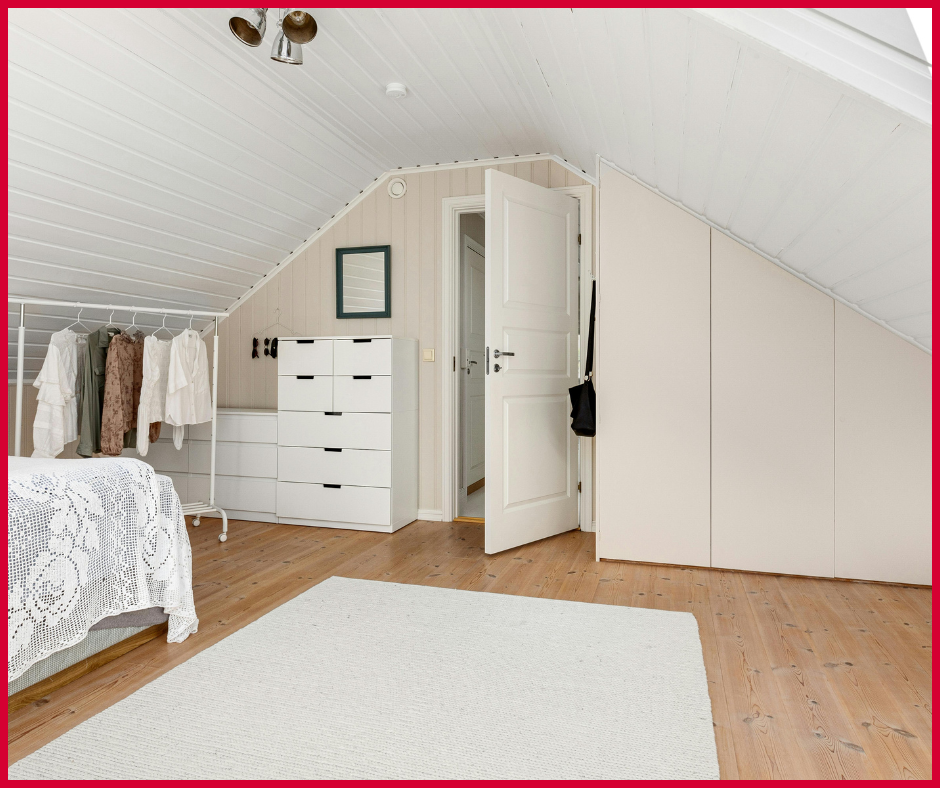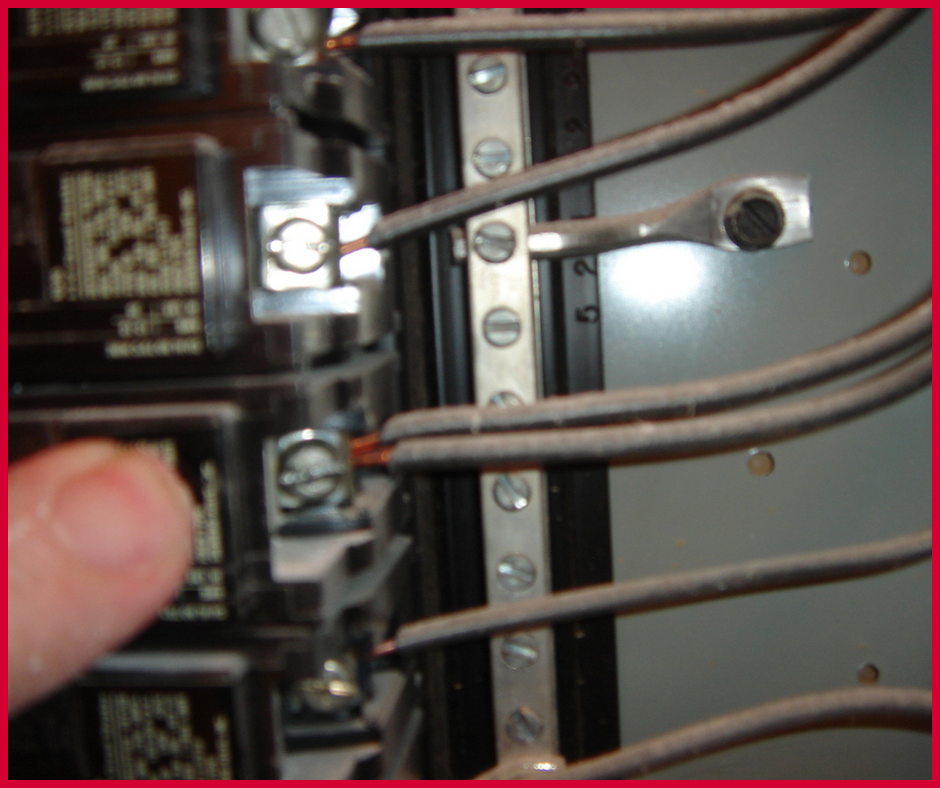How Soil Drainage Issues Affect Foundations in Delaware
Homeowners in the First State often face a hidden but serious threat: poor soil drainage. While it might not be as visible as a roof leak or broken appliance, soil drainage in Delaware plays a major role in the long-term stability of your home’s foundation. With a landscape that includes clay-heavy soils, seasonal rains, and fluctuating water tables, Delaware properties are particularly susceptible to drainage-related damage.
What Is Soil Drainage and Why Does It Matter?
Soil drainage refers to how quickly and efficiently water moves through the soil. In areas with healthy drainage, rainwater is absorbed and redirected away from structures. However, when drainage is poor—as is often the case with compacted or clay-rich soils—water can pool around the foundation of a home. Over time, this constant moisture can lead to soil movement, erosion, and foundation instability.
In Delaware, many properties sit on soil types that retain water, especially in areas with minimal grading or poor landscaping design. That’s why understanding soil drainage in Delaware is vital to protecting your home from long-term structural issues.
How Soil Drainage in Delaware Affects Foundations
When excess water builds up around a home’s foundation, the ground can expand, contract, or erode, causing:
-
Cracks in foundation walls and floors
-
Shifting or settling of the structure
-
Bowing basement walls due to hydrostatic pressure
-
Basement leaks and interior water damage
These issues are especially common in older homes or properties where the original grading has been altered over time. Because soil drainage in Delaware can vary significantly from one neighborhood to another, even new construction homes can face problems if proper site planning and water management weren’t prioritized.
Signs That Poor Soil Drainage May Be Impacting Your Home
Delaware homeowners should stay alert for early red flags that may point to foundation damage caused by poor drainage:
-
Water pooling near the base of the home after rain
-
Mold or mildew smells in the basement or crawl space
-
Doors or windows that stick or won’t close properly
-
Uneven or sloping floors inside the home
-
Visible cracks in exterior or interior walls
If you notice any of these signs, it could be due to unresolved soil drainage issues in Delaware, and it’s time to take a closer look.
What Can Be Done to Improve Soil Drainage in Delaware?
Protecting your home’s foundation starts with proactive water management. Here are some effective strategies to improve soil drainage in Delaware:
-
Proper Grading: Ensure that your yard slopes away from the home to redirect water naturally.
-
Gutter & Downspout Maintenance: Keep gutters clean and downspouts extended at least 5–10 feet away from the foundation.
-
French Drains or Dry Wells: Install systems that collect and redirect excess water away from vulnerable areas.
-
Sump Pumps: In areas prone to high water tables, a sump pump can help remove groundwater before it causes damage.
-
Landscaping Choices: Use plants and mulch that help absorb water instead of compacting soil.
An inspection from a qualified home inspector can also help identify current or potential drainage issues. A professional eye can evaluate how soil drainage in Delaware is impacting your property and recommend tailored solutions.
Why This Matters in Delaware
Delaware may be a small state, but its geographical diversity means that soil drainage in Delaware varies widely. From the clay soils of New Castle County to the sandier areas in Sussex, homeowners across the state face unique challenges. Homes near rivers, marshes, or low-lying areas are especially vulnerable to moisture-related foundation problems.
Failing to address these issues early can result in costly repairs—not just to your foundation, but to framing, flooring, plumbing, and electrical systems as well.
Final Thoughts
Soil drainage in Delaware isn’t just a landscaping concern—it’s a critical part of home preservation. Whether you’re maintaining an older home or preparing to buy a new one, understanding how drainage impacts your foundation can save you time, money, and stress in the long run.
If you’re unsure about your home’s drainage conditions, schedule a professional home inspection. Catching small issues early can prevent major foundation problems down the road and help you enjoy a safer, drier, and more stable home.
Wallpaper vs Paint: Which is Better for Your Home’s Aesthetic?
When you’re ready to refresh a room, one of the biggest design decisions is choosing between wallpaper vs paint. Both can transform a space, but each brings a different feel, level of commitment, and creative opportunity. So, which one is right for your home’s aesthetic?
Why Choose Wallpaper?
Wallpaper offers patterns, textures, and styles that paint just can’t replicate. From modern geometrics to soft florals, it adds character and depth instantly.
Benefits of Wallpaper:
-
Long-Lasting: High-quality wallpaper can stay vibrant for over a decade.
-
Statement-Making: It’s ideal for accent walls or rooms where you want a bold look.
-
Textured Finish: Some designs offer tactile, dimensional appeal.
While wallpaper makes a statement, it can be tricky to install and isn’t ideal for humid areas like bathrooms.
Why Choose Paint?
Paint is a timeless choice for good reason. It’s affordable, versatile, and easy to update when your style changes.
Benefits of Paint:
-
Budget-Friendly: Especially if you’re doing the project yourself.
-
Quick to Apply and Change: Great for frequent updates or rental properties.
-
Works Anywhere: Holds up well in kitchens, bathrooms, and high-traffic areas.
While paint offers fewer texture options, it gives you full freedom to change colors without major prep work.
Wallpaper vs Paint: Which Wins?
When comparing wallpaper vs paint, think about your lifestyle, the room’s purpose, and how often you like to redecorate. Wallpaper adds personality and polish, while paint is a flexible, lower-commitment option.
Many homeowners choose both—using paint for most walls and wallpaper to highlight specific areas.
Final Thoughts
Whether you go with wallpaper or paint, the goal is the same: to create a space that reflects you. Evaluate the look you want, how much time you want to invest, and what will hold up best in your space.
If you’re stuck between wallpaper vs paint, start small—a single accent wall might be the perfect test before committing to a full-room makeover.
7 Unique Ideas for Attic Renovations
If your attic is just a place for storage—or worse, collecting dust—it’s time to rethink its potential. With a little imagination, that space under your roof can become one of the most loved and useful spots in your home. These 7 unique ideas for attic renovations will help you unlock the possibilities.
A Quiet Reading Retreat
Imagine curling up with a book in a cozy nook tucked away from the rest of the house. Attics are naturally quiet, and their sloped ceilings add charm. Add a window seat, some built-in bookshelves, soft lighting, and you’ve got the perfect hideaway.
A Peaceful Home Office
Need space to focus? An attic can become a private, productive home office. Natural light from skylights, a clean layout, and plenty of storage can turn it into a workspace that feels completely separate from everyday distractions.
A Comfortable Guest Suite
Turn your attic into a welcoming guest room. Include a bed, a small sitting area, and even a compact bathroom if space allows. Guests will appreciate the privacy, and you’ll gain an extra bedroom without changing your home’s footprint.
A Creative Studio
Whether you paint, sew, write, or play music, your attic can become a place to create. Use light colors, organize supplies with shelves and bins, and let your creativity thrive in a space made just for you.
A Fun Playroom for Kids
Make the attic a space where kids can be kids. Soft flooring, colorful walls, and toy storage can turn it into a playroom they’ll love. As they grow, it can become a hangout or homework space.
A Cozy Home Theater
Movie nights just got better. Add comfy seating, dimmable lights, and a projector or large screen. With a little soundproofing, your attic becomes the ultimate entertainment space.
A Dream Closet or Dressing Room
Need more storage? Convert the attic into a spacious walk-in closet. With custom shelves, lighting, and a full-length mirror, it can become a stylish and organized extension of your wardrobe.
All of these 7 unique ideas for attic renovations show that this often-overlooked space can be transformed into something truly special. Whether you’re after comfort, function, or fun, the attic offers room to grow—literally and creatively.
Before you write off your attic as wasted space, consider these 7 unique ideas for attic renovations and start turning your vision into a reality.
Understanding Home Inspection Terms: A Simple Guide for Buyers and Sellers
If you’ve ever read a home inspection report and found yourself googling every other word, you’re not alone. Home inspection reports can be full of unfamiliar terms that sound more complicated than they really are. Whether you’re buying, selling, or just trying to understand what’s happening behind the walls of your home, knowing the language can make the process much smoother. Here’s a breakdown of some common home inspection jargon and what it all really means.
1. GFCI (Ground Fault Circuit Interrupter)
What it means: A special outlet that shuts off power if it detects an electrical imbalance, helping prevent shocks.
Where you’ll find it: Kitchens, bathrooms, garages—anywhere water and electricity might meet.
2. HVAC (Heating, Ventilation, and Air Conditioning)
What it means: This covers your heating and cooling systems. Inspectors will note any issues related to airflow, temperature regulation, or equipment condition.
Why it matters: Problems here can affect comfort, safety, and energy costs.
3. Grading
What it means: The slope of the land around your home.
Why it matters: Poor grading can lead to water draining toward the foundation, which may cause structural or moisture issues.
4. Efflorescence
What it means: A white, chalky substance sometimes seen on basement walls or masonry.
Why it matters: It’s usually a sign of moisture getting into the structure and evaporating—something worth keeping an eye on.
5. Double Tapping
What it means: Two electrical wires connected to one breaker when only one should be.
Why it matters: It can be a fire hazard and is typically flagged as a safety concern.
6. Flashing
What it means: Thin material used to keep water from entering through joints or openings (like around chimneys or skylights).
Why it matters: Missing or damaged flashing can lead to leaks.
7. Settlement Cracks
What it means: Small cracks in walls or foundations that occur as a home “settles” into the ground over time.
Why it matters: Most are normal, but some could signal larger foundation concerns if they grow or widen.
8. Neutral or Negative Drainage
What it means: Neutral means water isn’t draining away from the home; negative means it’s draining toward it.
Why it matters: Like grading, this can lead to water intrusion and foundation problems.
9. Functional Drainage
What it means: A term used to indicate that water flows properly through sinks, tubs, and toilets.
Why it matters: It tells you whether your plumbing is doing its job effectively.
10. Spalling
What it means: When concrete, brick, or stone begins to chip or flake.
Why it matters: It can be a sign of water damage or freeze-thaw issues, and could worsen if not addressed.
Why This Matters
Understanding your home inspection report helps you make informed decisions. Whether it’s negotiating repairs before closing or planning future maintenance, being able to decode the report gives you an advantage.
If you’re searching for home inspection terms explained, this guide should help clarify the most common phrases you’ll see. And if you’re working with AmeriSpec Inspection Services, our inspectors are always happy to provide detailed explanations—because clear communication is key.
Knowing these home inspection terms explained can also give you peace of mind as you move through the home buying or selling process. Don’t hesitate to ask your inspector to walk you through any part of your report.
We believe knowledge is power—and peace of mind.



